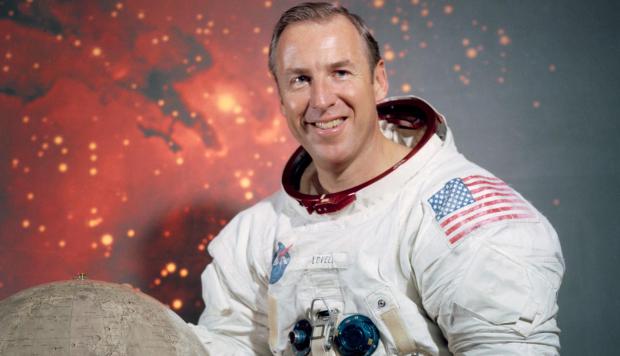
Breaking News
 What They Don't Tell You About Autoimmune Disorders
What They Don't Tell You About Autoimmune Disorders
 Jim Lovell, commander of NASA's Apollo 13 moon mission, dies at 97
Jim Lovell, commander of NASA's Apollo 13 moon mission, dies at 97
 Powerful new oral painkiller blocks signals without sedation or addiction
Powerful new oral painkiller blocks signals without sedation or addiction
 Tesla Gets a Texas Rideshare Network License
Tesla Gets a Texas Rideshare Network License
Top Tech News
 3D printing set to slash nuclear plant build times & costs
3D printing set to slash nuclear plant build times & costs
 You can design the wheels for NASA's next moon vehicle with the 'Rock and Roll Challenge
You can design the wheels for NASA's next moon vehicle with the 'Rock and Roll Challenge
 'Robot skin' beats human reflexes, transforms grip with fabric-powered touch
'Robot skin' beats human reflexes, transforms grip with fabric-powered touch
 World's first nuclear fusion plant being built in US to power Microsoft data centers
World's first nuclear fusion plant being built in US to power Microsoft data centers
 The mitochondria are more than just the "powerhouse of the cell" – they initiate immune...
The mitochondria are more than just the "powerhouse of the cell" – they initiate immune...
 Historic Aviation Engine Advance to Unlock Hypersonic Mach 10 Planes
Historic Aviation Engine Advance to Unlock Hypersonic Mach 10 Planes
 OpenAI CEO Sam Altman Pitches Eyeball-Scanning World ID to Bankers
OpenAI CEO Sam Altman Pitches Eyeball-Scanning World ID to Bankers
 New 3D-printed titanium alloy is stronger and cheaper than ever before
New 3D-printed titanium alloy is stronger and cheaper than ever before
 What is Unitree's new $6,000 humanoid robot good for?
What is Unitree's new $6,000 humanoid robot good for?
 "No CGI, No AI, Pure Engineering": Watch Raw Footage Of 'Star Wars'-Style Speeder
"No CGI, No AI, Pure Engineering": Watch Raw Footage Of 'Star Wars'-Style Speeder
Jim Lovell, commander of NASA's Apollo 13 moon mission, dies at 97

NASA astronaut Jim Lovell, who helped turn the near-disastrous Apollo 13 moon mission into an inspiring tale of ingenuity and survival, has died at the age of 97.
Jim Lovell passed away on Thursday (Aug. 7) in Lake Forest, Illinois, according to NASA officials. But the astronaut, a veteran of four pioneering spaceflights, left a mark on the agency and the nation that will last far into the future.
"Jim's character and steadfast courage helped our nation reach the moon and turned a potential tragedy into a success from which we learned an enormous amount," acting NASA Administrator Sean Duffy said in a statement on Friday (Aug. 8). "We mourn his passing even as we celebrate his achievements."
Lovell joined NASA in September 1962, as part of the agency's second-ever astronaut class. Among his eight colleagues in that group were Apollo 11 moonwalker Neil Armstrong and Ed White, the first American to walk in space.
Lovell first flew to space in December 1965 on Gemini 7, a two-person, two-week-long mission that featured the first-ever rendezvous of two maneuverable crewed spacecraft in Earth orbit. The two-astronaut Gemini 6A capsule came within a mere foot or so of Gemini 7 (carrying Lovell and Frank Borman) high above our planet on Dec. 15 of that year.
On Nov. 11, 1966, Lovell and Buzz Aldrin launched on Gemini 12, which circled Earth for four days. It was the final mission of the Gemini program, which was designed primarily to help pave the way for the Apollo moon push.
Lovell's third spaceflight was Apollo 8, the first crewed mission ever to go beyond Earth orbit. He served as command module pilot and navigator on the six-day flight in December 1968, which successfully went to lunar orbit and back. His crewmates were Borman and William Anders, who snapped the famous "Earthrise" photo on Christmas Eve of that year.
Then came Apollo 13 in April 1970, during which Lovell became the first person ever to reach space four times. He commanded the mission, which also included lunar module pilot Fred Haise and command module pilot Jack Swigert.
Lovell and Haise were supposed to become the fifth and sixth people ever to walk on the moon, but things didn't go according to plan. An oxygen tank in the mission's command and service module exploded, damaging the spacecraft and forcing the three astronauts into survival mode.



